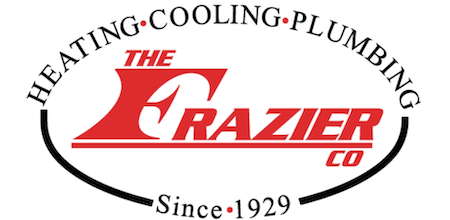When the weather is cooling off, you might be wondering about how you’ll take full advantage of your heating and cooling. After all, HVAC costs can contribute a big piece of your monthly electric bill. To try and find ways to reduce costs, some people take a closer look at their thermostat. Could there be a setting they can use to boost efficiency?
The bulk of thermostats have a ‘Fan’ or ‘Fan On’ setting. But if the fan is on during a normal cycle, what can the fan setting offer for your HVAC system? This guide will help. We’ll review what exactly the fan setting is and when you can use it to reduce costs during the summer or winter.
How Do I Access the Fan Setting on My Thermostat?
For most thermostats, the fan setting means that the HVAC blower fan stays on. Certain furnaces can generate heat at a low level in this setting, but for the most part heating or cooling isn’t being produced. The ‘Auto’ setting, in contrast, will turn on the fan over a heating or cooling cycle and switch it off once the cycle is finished.
There are advantages and disadvantages to trying the fan setting on your thermostat, and what’s ideal {will|can|should]] depend on your unique comfort needs.
Advantages to utilizing the Fan/On setting:
- You can keep the temperature in each room more uniform by enabling the fan to keep running.
- Indoor air quality will be highest because constant airflow will keep forcing airborne particles into the air filter.
- A smaller amount of start-stop cycles for the system’s fan helps expand its life span. Because the air handler is typically connected to the furnace, this means you might minimize the risk of needing furnace repair.
Downsides to utilizing the Fan/On setting:
- A nonstop fan could increase your energy costs somewhat.
- Continuous airflow could clog your air filter in a shorter amount of time, increasing the frequency you’ll need to replace it.
Should My Thermostat Be on? Fan or Auto in Each Season
Through the summer, warm air will sometimes linger in unfinished spaces including the attic or an attached garage. If you leave the fan on, your HVAC system can draw this warm air into the rest of your home, forcing the HVAC system to work more to maintain the set temperature. In severe heat, this may result in needing AC repair more quickly as wear and tear grows.
The opposite can take place over the winter. Cooler spaces like a basement will hold onto cooler air, which will eventually drift into the rest of your home. Keeping the fan on may draw more cold air upward, increasing the amount of heating you need to remain warm.
If you’re still trying to decide if you should use the fan/on setting, keep in mind that every home and family’s comfort needs are not the same. Leaving the HVAC system’s fan on could work for you if:
Someone in your household suffers from allergies. Allergies and other respiratory conditions can be stressful on the family. Leaving the fan on is more likely to improve indoor air quality, helping your family breathe easier.
Your home experiences hot and cold spots. All kinds of homes wrestle with difficult hot and cold spots that quickly evolve to a temperature different from the rest of the house. The fan setting should help lessen these changes by steadily refreshing each room’s ventilation.



